SIN EATERS ERADICATE SINS

So, you think your job sucks? How about eating sins for a living?
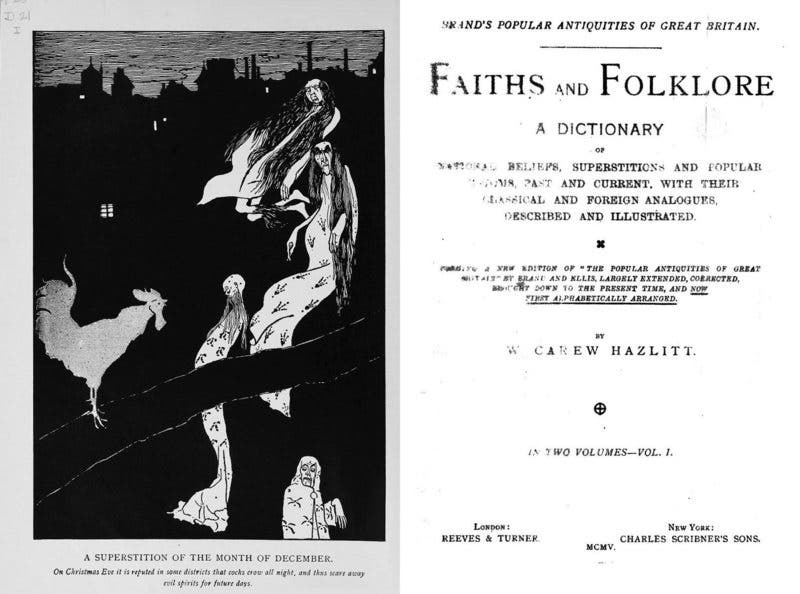
Although obscure, the practice of sin-eating was not that uncommon in some parts of the world. In England, as legend has it, the practice carried on until 1906, with the last known sin-eater being a man called Richard Munslow. Munslow was a successful farmer, devastated by the loss of his four children (three in a week) so he decided to take the sins of others upon himself. But the whole thing started much earlier — two thousand years ago.
A religion founded on sin eating
If you think about it, Christianity was, in a way, founded through sin eating. As the story goes, Jesus sacrificed himself to atone for all of our sins, offering his own life in exchange. The practice was never really “official” within Christianity, although people have tried to cheat through penances.
In other parts of the world, Tlazolteotl, the Aztec goddess of earth, motherhood and fertility, appeared at the end of a person’s earthly life and, in exchange for a full confession, would rid him of any sins. Ancient Greeks and Egyptians had similar rituals.
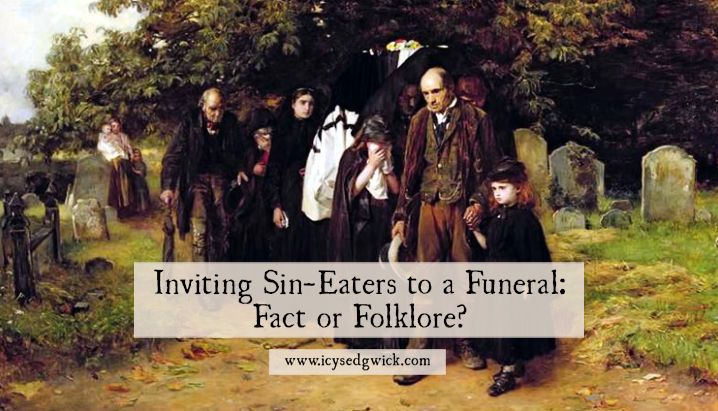
Variations of this practice emerged in various cultures, but it was always a taboo, and never seen with good eyes. People didn’t want to discuss it, they didn’t want to acknowledge sin eaters, so not much information about the ritual has remained.
Some believe the practice is related to a distinct Jewish ritual. During Yom Kippur, some Jewish priests would release a goat into the wild, the goat being considered a manifestation of the sins of the Jewish people. However, this claim is certainly debatable, especially as the Jewish practice was not very widely spread.
Bringing back sin eating
It’s unclear if sin eating ever really went away, but in the 18th century, it made a big comeback.
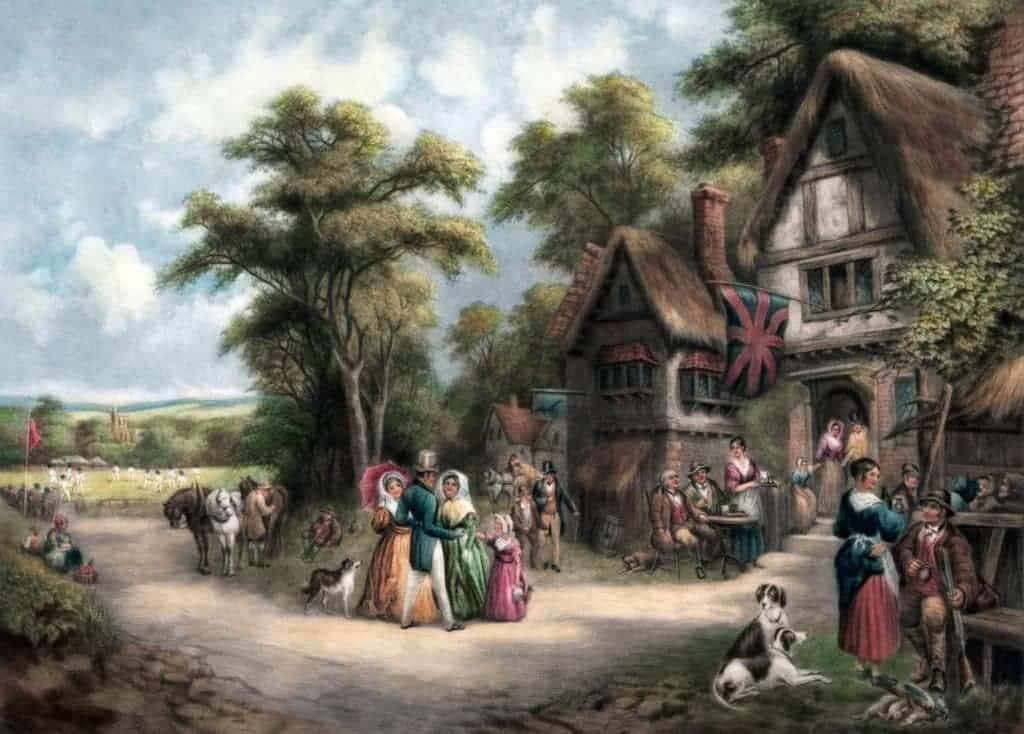
You’d think that after the Dark Ages, and even as medieval times drew to an end, occult practices like this would also fade — but that wasn’t really the case. Many bizarre things came back and with them, so did sin eating. In Great Britain especially, sin eating was common in many rural parts — and even in some urban areas. Initially, the practice was limited to small, isolated settlements, but it somehow managed to extend in England, Scotland, and Wales.
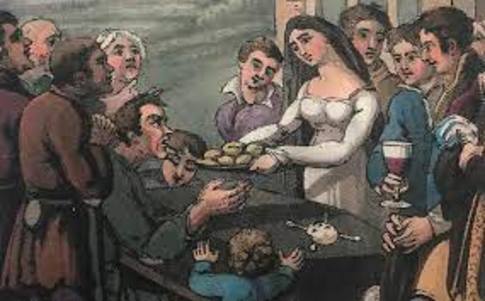
The ritual became very specialized. The loved ones would place a piece of bread and something to drink (most often beer, sometimes wine). The soul eater would come, eat the bread, drink the cup, receive a very modest payment and then be on his way. The unconfessed sins of the passed person were passed to the sin eater.
According to Brand’s Popular Antiquities of Great Britain, first published in 1813, the sin eater:
“…sat down facing the door; they then gave him a groat, which he put in his pocket; a crust of bread, which he ate; and a full bowl of ale, which he drank oft’ at a draught; after this, getting up from his stool, he pronounced, with a composed gesture, ‘the ease and rest of the soul departed,’ for which he would pawn his own soul.”
The life of a soul eater wasn’t easy. Typically, it was only the poorest that chose this job. Often, they did it out of desperation. They lived outside the villages as no one really wanted to be near them. They only got a meal and the equivalent of a few dollars and for this, you embraced a social stigma and burden on your immortal soul. Most people took the idea of a sin very seriously.
Even to those who believed in the power of the ritual, the job was distasteful and dangerous. The practice also wasn’t affiliated with the church, and many priests looked down on it, especially since it meant that they were overlooked for the funeral.
More sins, fewer eaters

From Europe, the practice was carried to America. There, tales of sin-eating persisted in North Carolina, West Virginia, and Virginia supposedly occurred through the 1950s, though the validity of these claims is uncertain.
In time though, fewer and fewer were willing to take on this tough mantle — and fewer were willing to hire them. In her travel guide Slow Travel Shropshire, writer Marie Kreft tells the tale of Richard Munslow, who briefly brought the practice back out of grief. Allegedly, he wanted to make a positive contribution and help his children in the afterlife by eating their sins. Munslow himself passed away, and there was no one to eat his own sins.
Officially, he was the last sin eater. Unofficially, who knows? Isolated cases, isolated areas, it’s quite possible that in one form or another, the practice still carries on. Having someone carry your sins is definitely an easy way out, and people love easy way outs.
Of the Middle Ages, the sin eater gave bread which was believed to absorb the unconfessed sins of the deceased, smoothing the way for their journey through Purgatory and toward Heaven. The transformative power of bread is something that is still with us today for many denominations of Christianity, notably Catholics, via the doctrine of the Eucharist, which in the Middle Ages held even more power.
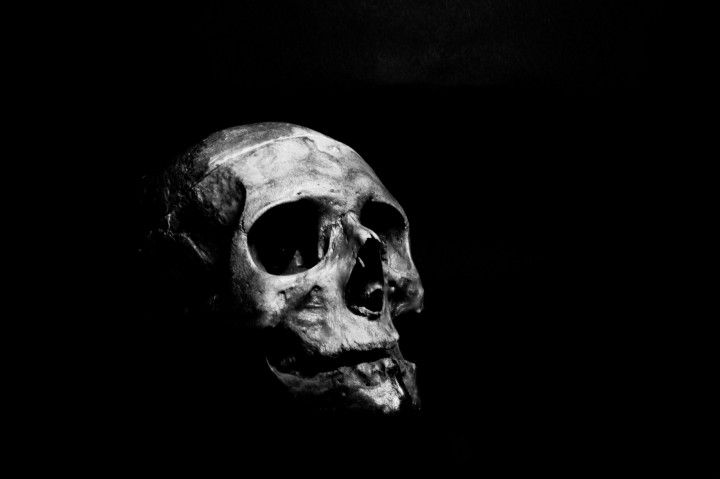
The idea of passing on your sins, or having them absorbed by another may also have some biblical precedent. ‘Scapegoating’ had been practiced by Jewish people for generations and is best seen in Leviticus XVI 21, 22, where it states:
‘He is to lay both hands on the head of the live goat and confess over it all the wickedness and rebellion of the Israelites — all their sins — and put them on the goat’s head. He shall send the goat away into the wilderness in the care of someone appointed for the task. (22) The goat will carry on itself all their sins to a remote place; and the man shall release it in the wilderness.’ — Leviticus XVI
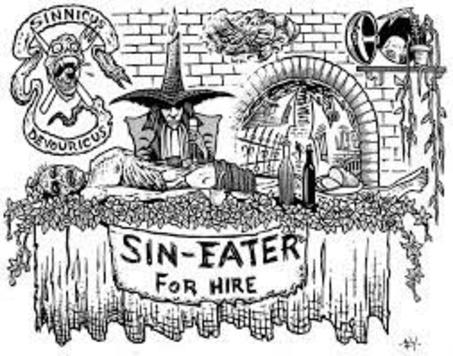
With the decline of religion in America you would think a clever marketing guru could make a fortune in promoting SIN EATERS RITUALS. Advertising in the Washington Post classified would read something like this: Want to rid yourself of that hangdog look and all the messes and lies you created as a politican? Sign up for your personal Sin Eater Trainer who will erradicte your sins immediately.
If going to confession or hiring a Sin Eater Trainer is not your thing you could simply adopt a Buddhist lifestyle and turn your karma around for future reincaranation. Your relatives and friends may not recognize you as a goat? We all have to face the grim reaper at the end of our journey... why not show up with a clean slate and increase your chances of NIRVANA.

THINGS YOU MAY NOT KNOW:There are a few candidates: Biblical Archaeology says the first sinners could be arguably Adam and Eve with that whole forbidden fruit thing, but throughout antiquity, it was Cain who shouldered that burden with the murder of his brother. Answers in Genesis says there's still another possibility, and that's the idea that Satan/Lucifer was the first sinner.
Whoever the first was, ZME Science says humankind has been dealing with it ever since — and they've had numerous ways of cleansing the soul. History suggests that the first person to offer themselves up to wipe away the world's sins was Jesus Christ, and it even goes as far as to suggest that he may have been the first sin-eater ... even though Christianity on a whole was absolutely not on board with this particular practice.
THINGS YOU MAY WANT TO SAVE: Your new years resolutions which are never adhered too. After saving these... then burn or throw away?
ZENTRAVELER SAYS: No need for a sin eater if you live a good life?
From here to Infinity is a relatively short ride! The next leg takes eons and eons as you fly through the Barycentric Dynamical Time Zone! …and on and on and on. Follow the Zentraveler Newsletter often for Travel, Health and Zen-like stories and such. Where else can you get a THREE IN ONE NEWSLETTER FOR THE PRICE OF FREE.

ZENTRAVELER IS A PERSONAL NEWSLETTER, DESIGNED TO GIVE TRAVEL, HEALTH, WRITING AND HUMOR INCLUDING HELPFUL HINTS WITH A ZEN LIKE QUALITY.
